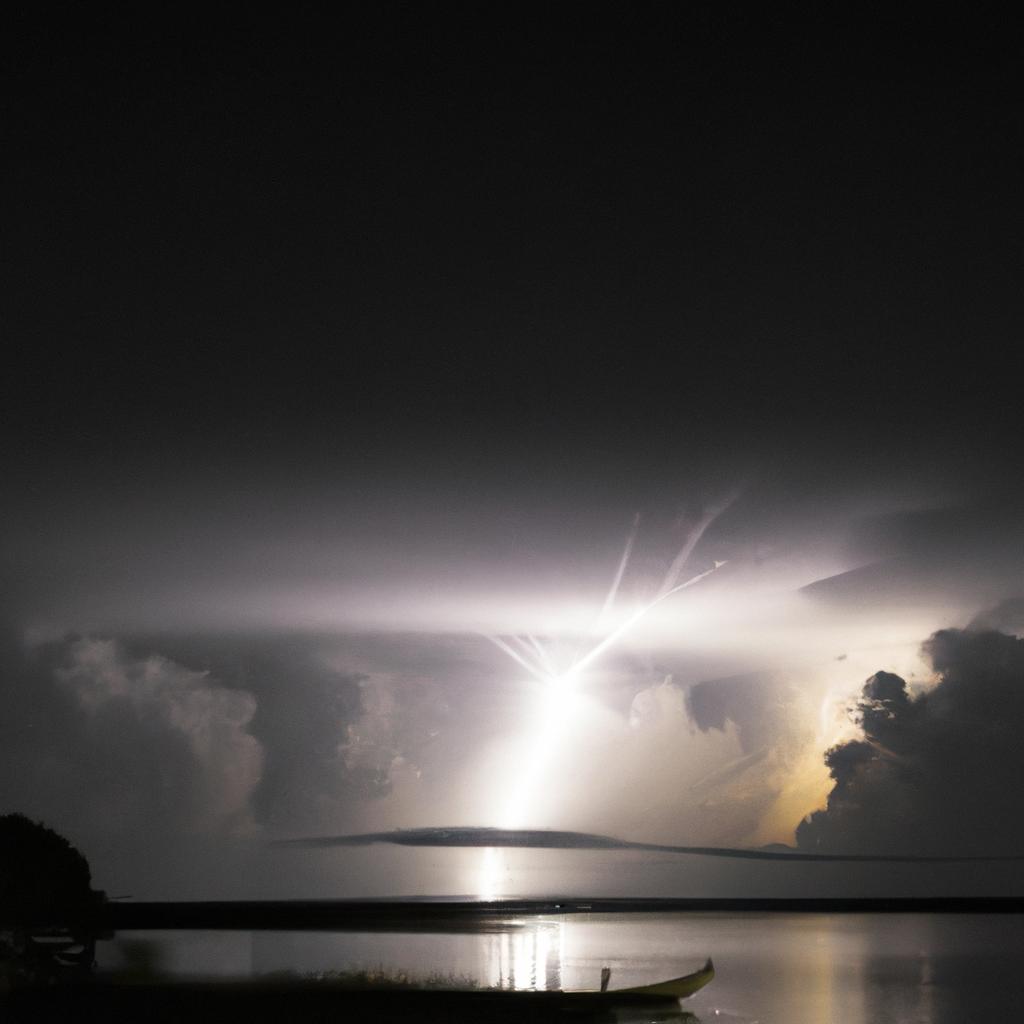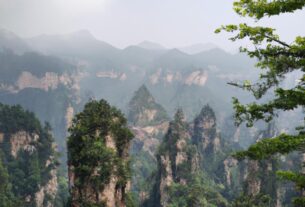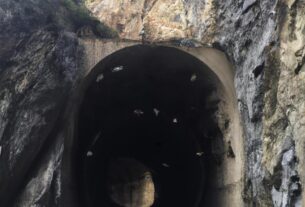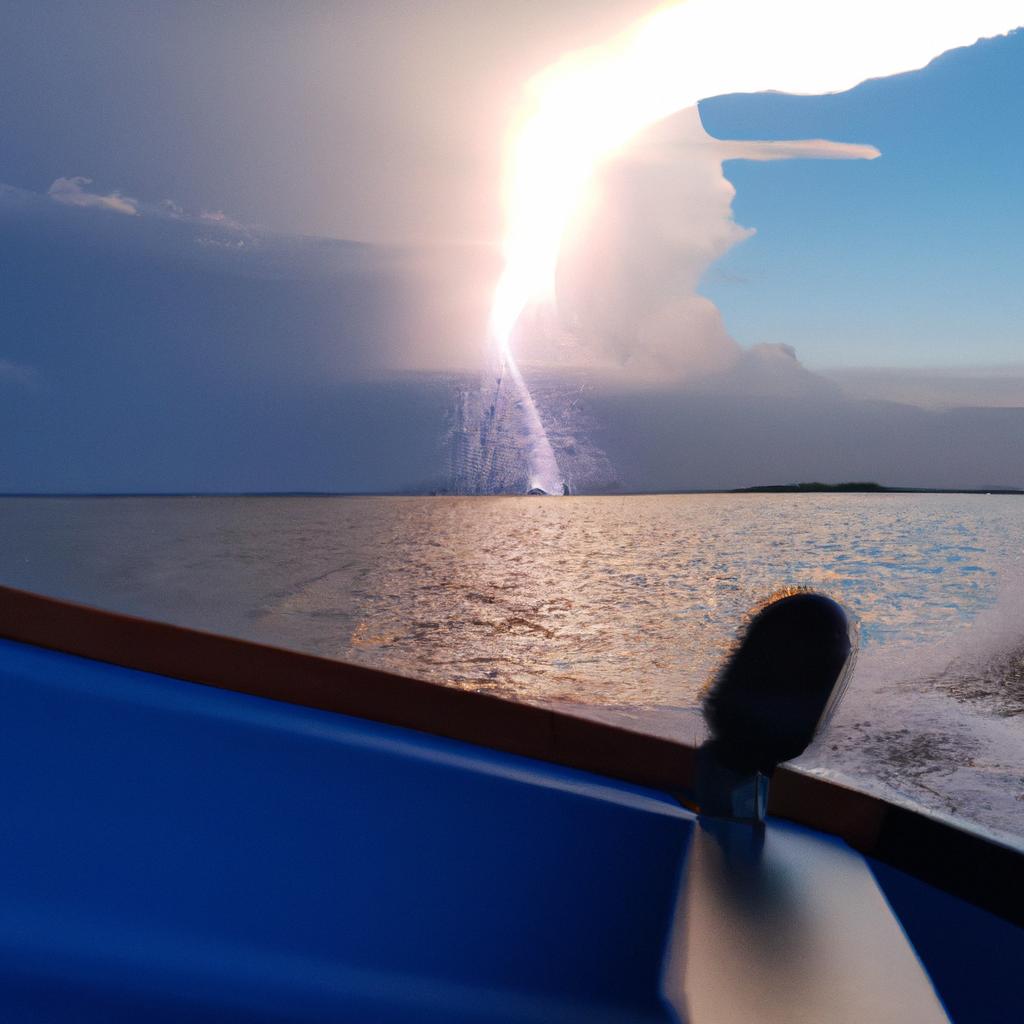
The “Relampago del Catatumbo” is a weather phenomenon that has astounded people in Venezuela’s Lake Maracaibo region for centuries. With its continuous lightning strikes that illuminate the night sky up to 280 times per hour, lasting for an astonishing 10 hours a day, this natural wonder never fails to captivate. Let’s delve into the historical background, scientific explanation, and environmental and social implications of this extraordinary spectacle.
Historical Background
The name “Relampago del Catatumbo” originates from the Catatumbo River, which flows into Lake Maracaibo, Venezuela. This region has unique weather patterns, making it the perfect stage for this remarkable phenomenon. Throughout history, the Relampago del Catatumbo has been documented by various sources. One notable account comes from Alexander von Humboldt, a renowned German naturalist who witnessed the phenomenon during his visit to Venezuela in the 19th century. Its presence has also been immortalized in literary works, such as Gabriel Garcia Marquez’s “One Hundred Years of Solitude.”
Scientific Explanation
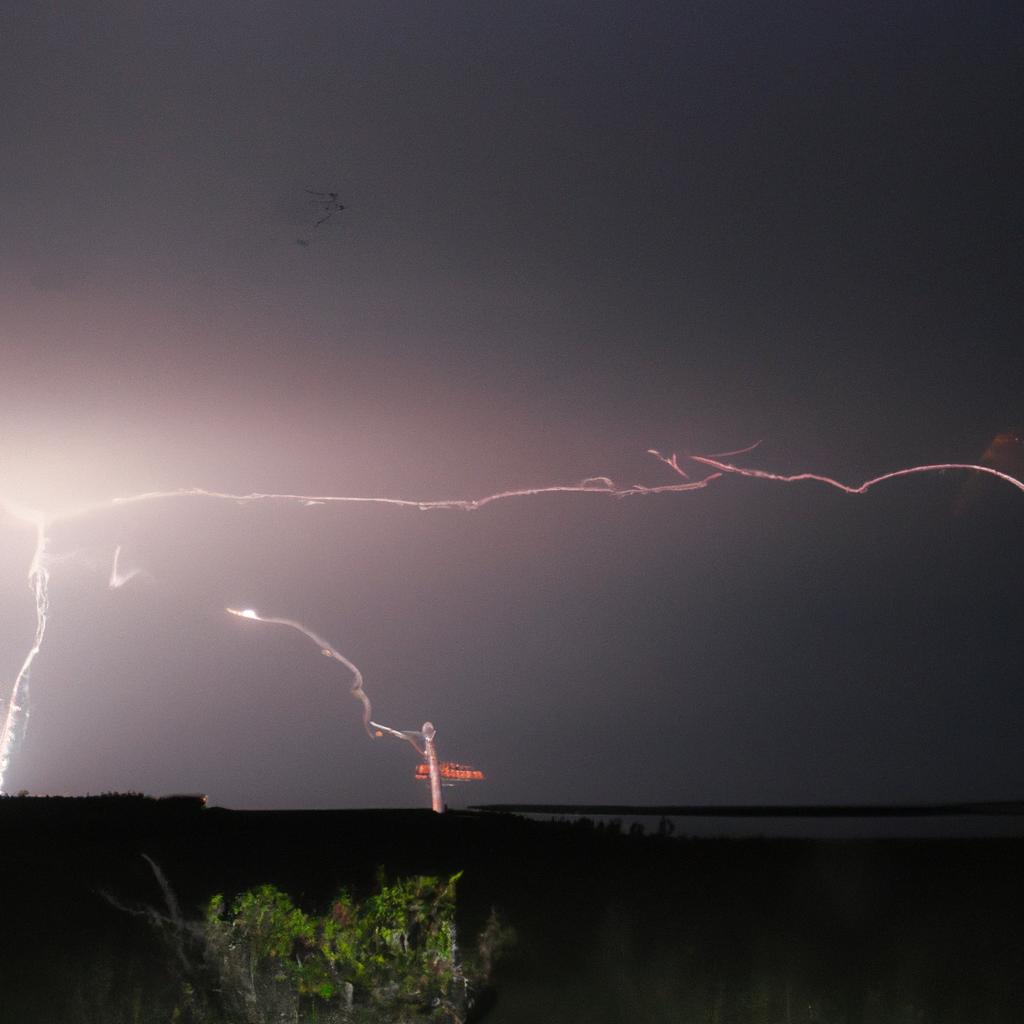
The Relampago del Catatumbo is a lightning storm like no other. It occurs over the mouth of the Catatumbo River as it meets Lake Maracaibo. But what causes this astonishing display of nature’s might?
Causes and Mechanisms of the Lightning Storms
Scientists have identified several factors contributing to this phenomenon. The region’s unique topography plays a crucial role. The Andes mountain range to the west of Lake Maracaibo channels wind through the narrow Catatumbo valley, creating a buildup of static electricity. This buildup ultimately leads to lightning strikes.
Another contributing factor is the convergence of air masses over Lake Maracaibo. The collision of warm, humid air from the Caribbean Sea with cooler, drier air from the Andes generates an unstable weather pattern, perfect for the development of thunderstorms and the Relampago del Catatumbo.
Geographical and Meteorological Factors
The Relampago del Catatumbo is not just any lightning storm. It occurs exclusively in this particular location due to the high atmospheric instability in the Catatumbo River delta. Scientists estimate that over 140 lightning strikes per square kilometer occur in this region each year.
Meteorologists note that this phenomenon is seasonal, primarily happening from April to November. During these months, the combination of warm, moist air from the Caribbean and cold, dry air from the Andes creates an optimal environment for thunderstorm formation.
Impact on the Local Ecosystem
The Relampago del Catatumbo has a significant impact on the local ecosystem. While the constant lightning strikes can pose a danger to animals and plants in the area, they also fertilize the soil, enhancing its fertility for crops and vegetation.
For the people of the region, this phenomenon holds cultural significance. They view it as a symbol of their identity and a source of pride. Additionally, the Relampago del Catatumbo has become a global tourist attraction, drawing visitors from all corners of the world who wish to witness this awe-inspiring display of nature’s power.
Environmental and Social Implications
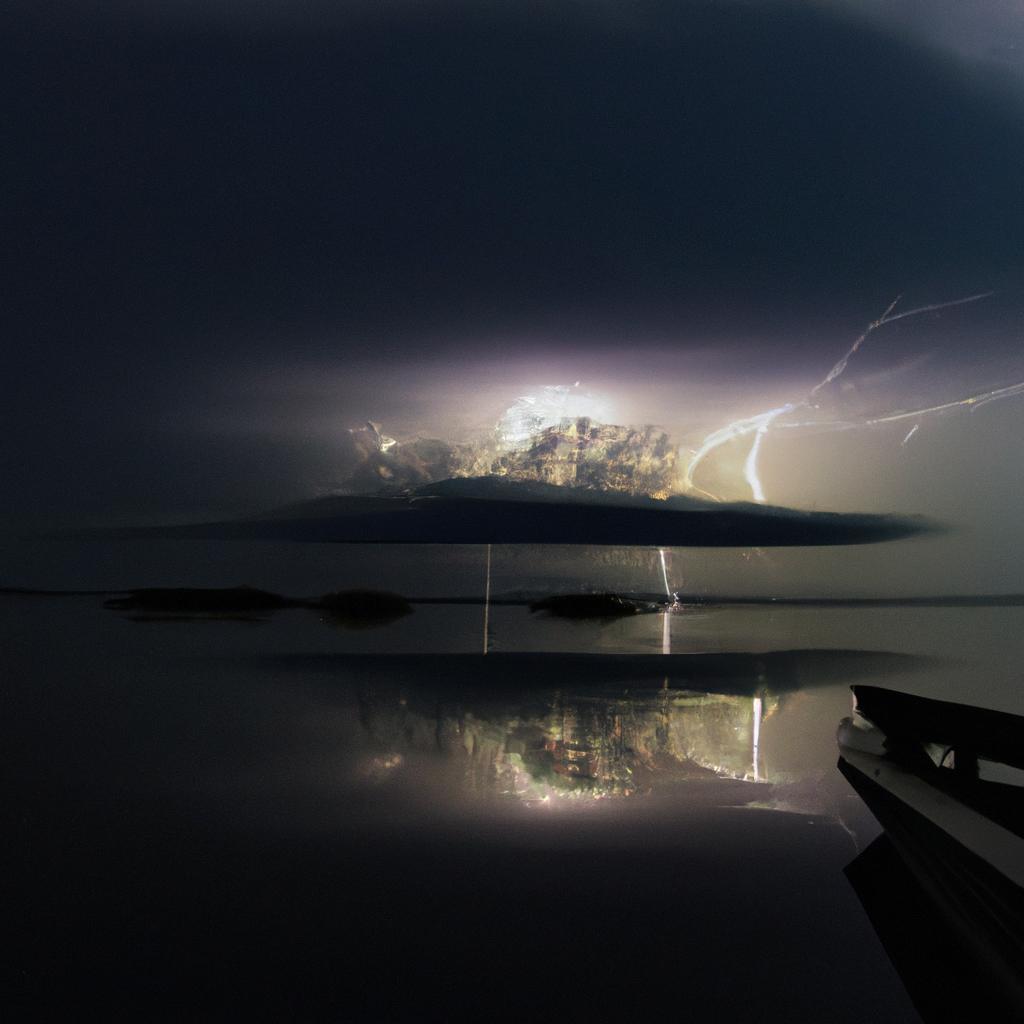
The Relampago del Catatumbo is not only a magnificent natural wonder but also an environmental and social phenomenon with far-reaching implications. Here are some of the significant effects it has:
Effects on Climate Change and Global Warming
Studies have revealed that the lightning storms in the Catatumbo River delta have a cooling effect on the local climate, lowering surface temperatures by up to 5°C. The release of heat and moisture during the storms creates a unique microclimate that helps regulate temperature. However, the precise impact of this phenomenon on global climate change and global warming requires further research.
Influence on Agriculture, Fishing, and Tourism
The Relampago del Catatumbo serves as a vital water source for the surrounding areas, benefitting agriculture and fishing industries. Furthermore, the lightning storms have attracted tourists worldwide who flock to witness this spectacular light show. Nonetheless, the increasing popularity of the phenomenon raises concerns about its impact on the delicate ecosystem and visitor safety during storms.
Cultural and Educational Opportunities
The Relampago del Catatumbo holds immense cultural and educational value for the local communities and the world. For centuries, it has inspired artists, poets, and writers alike, becoming intertwined with religious and spiritual beliefs. Additionally, studying this phenomenon offers unique opportunities for scientific research and education, granting us a deeper understanding of the natural world and our place within it.
In conclusion, the Relampago del Catatumbo is not only a breathtaking visual spectacle but also a phenomenon with profound environmental, social, cultural, and educational implications. Responsible management and conservation are essential for ensuring its endurance and creating a sustainable legacy for future generations.
To learn more about the Relampago del Catatumbo and other natural wonders, visit TooLacks. Let’s cultivate a community that appreciates and protects the marvels of our planet.
